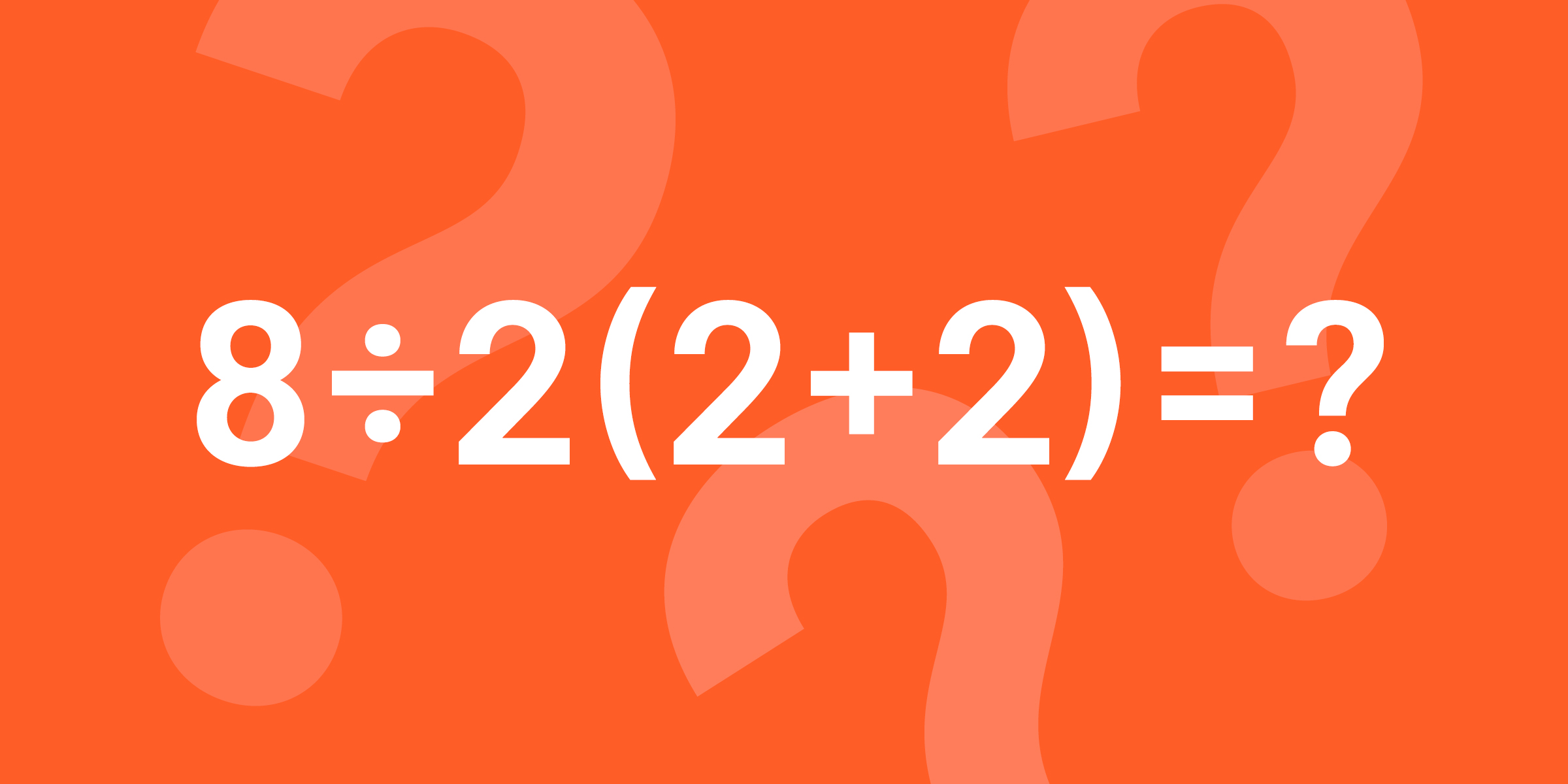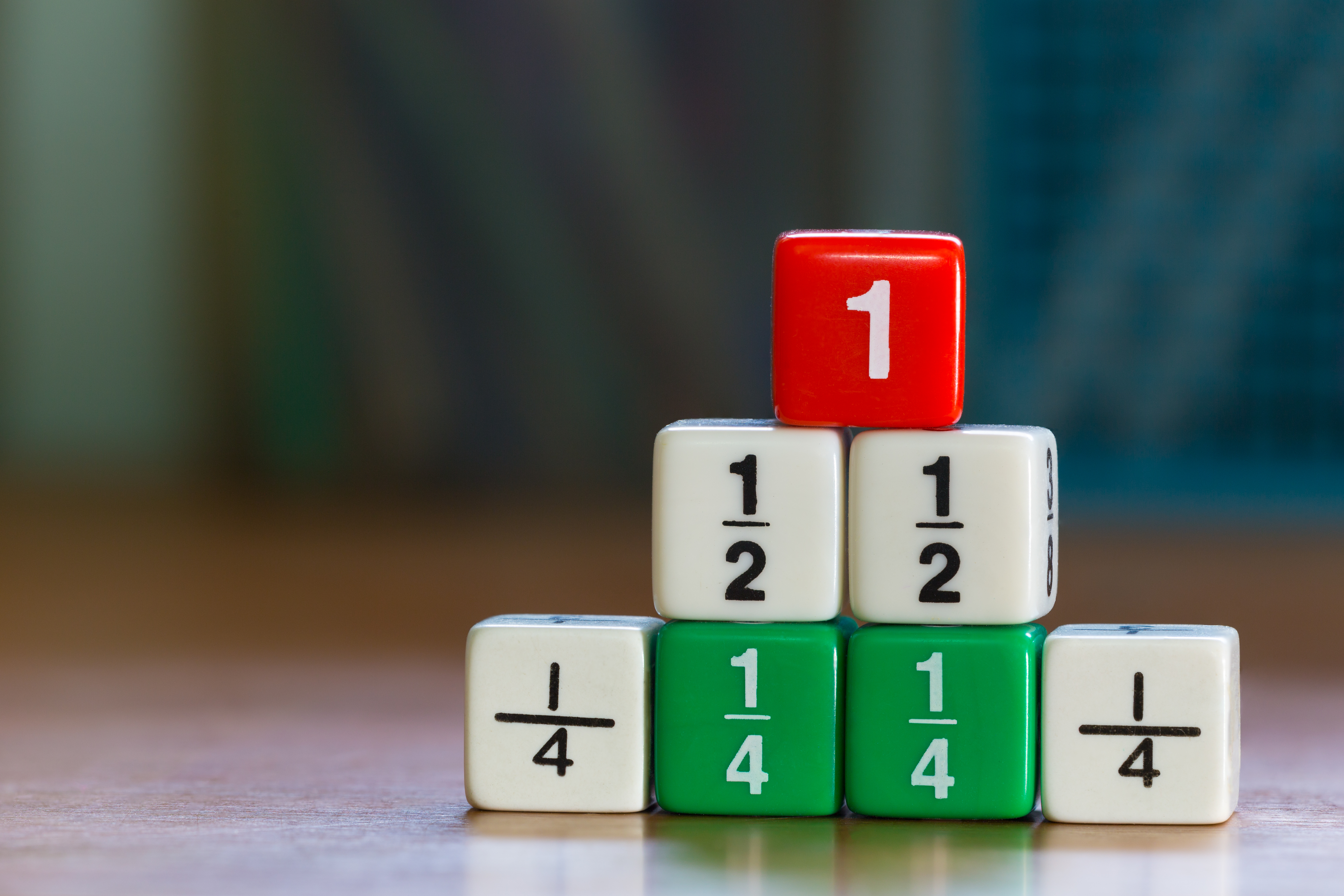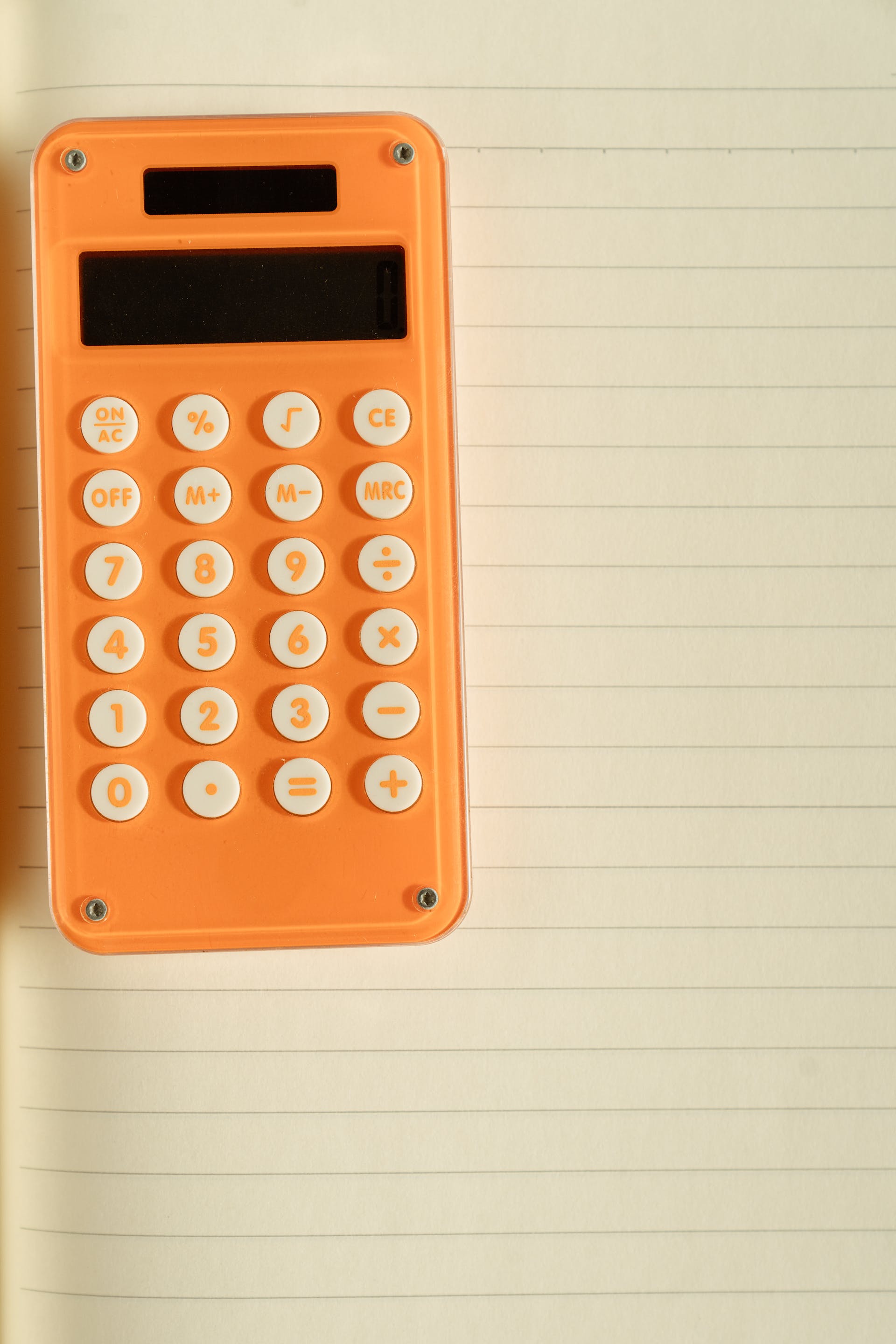
Simple Math Equation Has Divided People Over the Correct Answer
A seemingly straightforward math equation puzzled individuals, prompting them to remember the different orders of operations they had been taught in school. The confusion deepened when two distinct answers emerged, leaving them uncertain about which one was correct.

Colorful fraction dices stacked up on top of each other | Source: Shutterstock
In the vast expanse of the internet, seemingly simple math questions have a remarkable tendency to evolve into perplexing brain teasers, challenging our mental faculties and leaving us confused as we search for the seemingly elusive correct answer.

An orange calculator on white paper | Source: Pexels
These viral math equations, often intended for elementary school students, shatter expectations by revealing hidden complexities that baffle even the most adept problem solvers. Cloaked in apparent simplicity, these questions become intriguing puzzles that pique the curiosity of online communities.
In late July 2019, user @pjmdoll took to Twitter and shared a math problem that quickly gained viral attention: 8 ÷ 2(2+2)=?. Although the question seemed deceptively simple at first glance, it prompted individuals to engage their mental faculties, challenging not only their knowledge from school but also their understanding of mathematical concepts.
The seemingly easy yet confusing question had the potential to yield two distinct answers, contingent upon what people learned in school.

A young boy looking confused | Source: Shutterstock
Numerous participants confidently asserted that the answer was 16, while others vehemently argued in favor of 1. This marked the onset of heated debates, with individuals resorting to disparaging remarks. One user lamented, "The [number] of people saying 16 need to retake math 😭," while another, claiming to possess two math degrees, asserted, "[I] have 2 math degrees it's 1."
A third user remarked, "It's 16, and these replies are pretty sad." Adding to the confusion, people shared images of various electronic calculators displaying the equation and yielding two distinct solutions. This scenario challenged the usually reassuring realm of mathematics, where clear distinctions between right and wrong prevail, introducing a disconcerting, yet oddly intriguing, sense of ambiguity.
The question was so mind-boggling that even the person who posted it had trouble coming up with the correct answer. "[I] do parenthesis, multiplication, then division so [I] believe it's 1," they wrote. "[I] see so apparently division comes first......this is why [I] didn't do well in math okay," read their second response. Finally, they concluded, "[Math] is dumb anyway follow me and watch [Naruto] <3."
One might have questioned whether the puzzling math problem had a single correct solution. The question at hand indeed had a definitive answer, but only if everyone followed the agreed-upon rules of "the order of operations."
When dealing with multiple mathematical operations, such as parentheses, multiplications, divisions, additions, and subtractions, the sequence in which these operations are performed can significantly influence the outcome.
In the case of the expression 8 ÷ 2(2+2), the consensus on Twitter was to solve the calculation inside the parentheses first, which equated to 2+2, resulting in 4. This reduced the question to 8 ÷ 2 × 4.
However, the dilemma arose when faced with both division and multiplication. The question was: should division be prioritized, leading to 4 × 4 = 16? Or should multiplication come first, resulting in 8 ÷ 8 = 1?
To resolve this, the established convention states that multiplication and division have equal priority. To break the tie, calculations proceed from left to right. Consequently, division takes precedence, followed by multiplication. Thus, the correct answer turns out to be 16.
To aid students in remembering this sequence, educators ingrained the acronym PEMDAS in their minds: parentheses, exponents, multiplication, division, addition, and subtraction.
Alternatively, some teachers employed the acronym BODMAS: brackets, orders, division and multiplication, and addition and subtraction. Others opted for a catchy phrase like "Please excuse my dear Aunt Sally" to help their pupils recall the sequence.
The seemingly easy yet confusing question had the potential to yield two distinct answers, contingent upon what people learned in school. Those who arrived at number 1 as the solution adhered to an outdated version of the order of operations, where they first multiplied 2(4) and then divided 8 by 8. This approach would have been accurate a century ago.
However, inputting the equation directly into a modern calculator without additional parentheses produced an answer of 16. To obtain a solution of 1, one needed to include an extra set of parentheses in the calculation.
What do you think is the correct answer? If you're ready to tickle your brain a little, click here to read about the math question for kids that sparked a heated debate, and people couldn't agree on the right answer.
